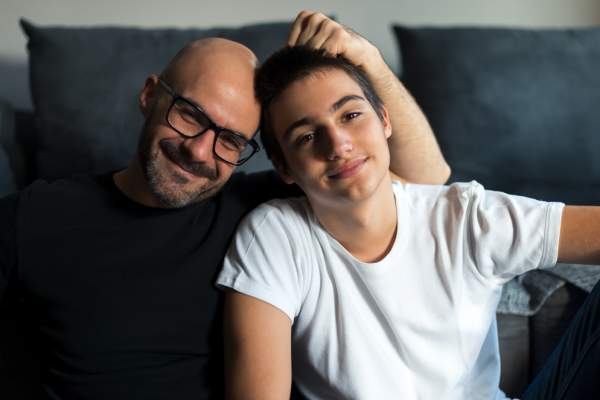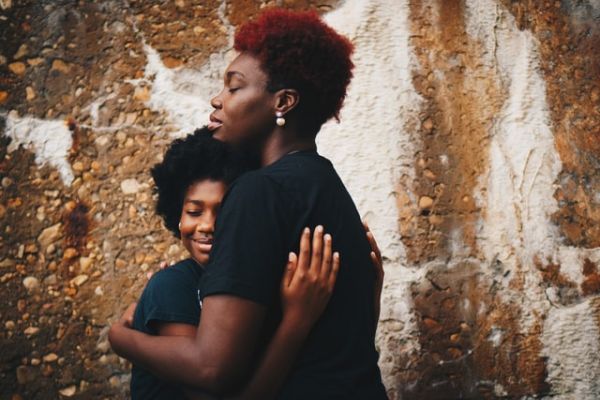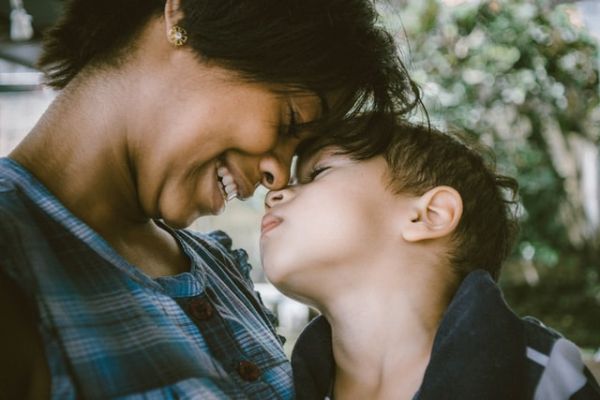How can I help my child with online safety?
We all want the best for our children – and that includes keeping them safe online. The internet gives them endless opportunities to make friends, have fun and learn new things. But it also presents potential dangers that we can’t ignore.
From bullying and mental health concerns to online grooming, the dangers of online safety can be difficult to spot.
Here’s some information and tips for you to help keep your child safe online.
Be interested in what they do online
Asking questions and opening up a conversation about your child’s digital life shows that you’re interested in the things that they are. It also means that you’ll be able to offer advice about staying safe online without it coming across as a lecture.
So get to know the online platforms they’re engaged with, but more importantly, build trust so that they are more likely to come to you with a difficult situation.
Talk about healthy and unhealthy online behaviour
Dangers can come not only from befriending strangers online, but from interactions with peers, including friends of friends.
Instead of spreading fear about stranger danger, it's more effective to discuss what healthy and unhealthy online behaviour looks like. Dependent on age, this might include discussions around:
Sexting (sending naked or semi-naked pictures)
Trolling (harassment and bullying)
Sharing personal information
Adding unknown people to chat groups, games or friend lists
Accessing pornography and the impact this can have on skewing ideas of healthy relationships
Identifying grooming techniques
Encourage age-appropriate sites
It's inevitable that younger children will want to access sites that are meant for teenagers, or even adults. Review the safety features of each site and talk to your child about why age guidelines exist. This will help them identify safer and more appropriate online spaces.
Use the internet in the same space
Being in the same room as your child when they are online not only helps you know what they are accessing, it enables you to pick up on non-verbal clues as to whether their online life is a happy and safe one.
Discuss sharing and agree privacy settings together
Open up a chat about what information they share online and who they would want to see this. It can be helpful to give some scenarios about how sharing private information with one person could be captured by screenshot and shared so that others can see it.
Set your child’s privacy controls accordingly – then check them regularly as some sites automatically revert privacy settings to a lower level after releasing an update.
Most importantly - stay open
As a parent or carer, the best thing that you can do is keep an open dialogue with your child about their online activity, and be there to help them if they are targeted or get into difficulty.
It might be tempting to ban screen time or dish out lectures about stranger danger. But the online world is not going away any time soon, so wouldn’t it be better to turn the tables and help support them to make safer choices online instead?










